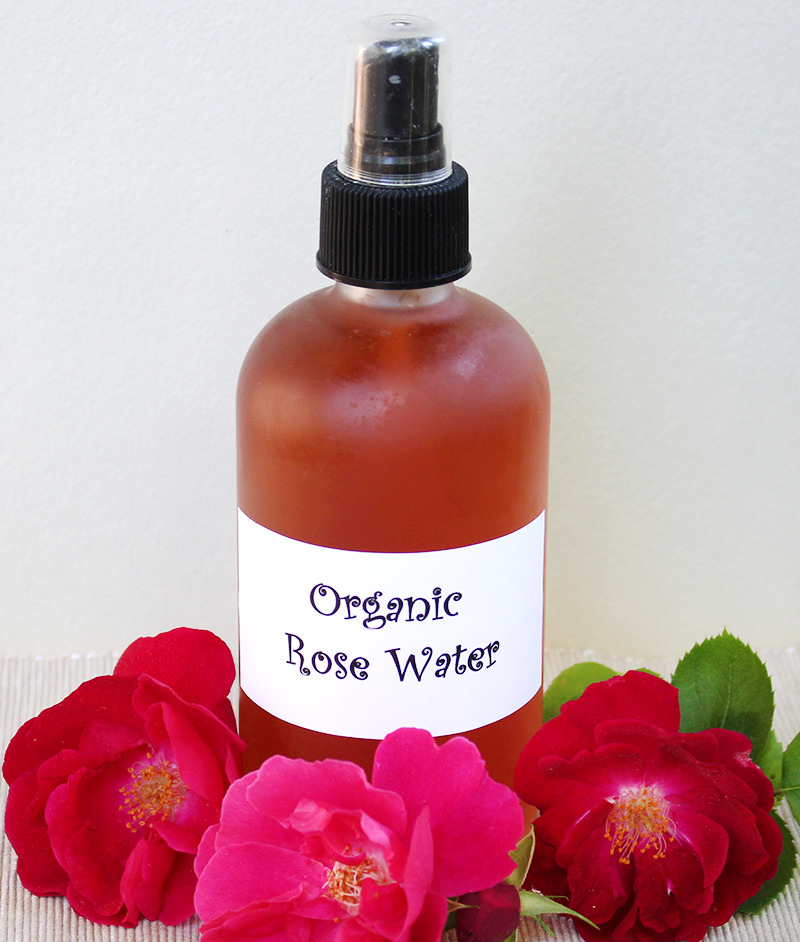
To me, roses are synonymous with the month of June. Whether I find myself walking in the city, gardening around my suburban home or out for a drive in the country, roses of all colors and sizes seem to be climbing, sprawling and bursting into bloom.
Roses As Medicine
The allure of roses, along with their intoxicating fragrance, is nothing new. In fact, roses are one of the oldest medicinal herbs. In medieval gardens, roses were grown for food and medicine, rather than for beauty. It is believed that roses were first cultivated in China more than 5,000 years ago, and they were also found in tombs of Ancient Egypt. More than 100 varieties of wild rose are found in all temperate areas of the world, along with thousands of cultivars.
Rose is used internally as an anti-depressant, aphrodisiac, digestive stimulant and blood tonic. Externally, it is often recommended for skin care, as its therapeutic properties are many. Rose is mildly astringent, anti-aging, antiseptic, cleansing, anti-inflammatory and anti-bacterial.
Because it takes about 60,000 roses to make one ounce of rose essential oil, it’s extremely expensive to make. However, rose water, made from distilled rose petals, is very fragrant and soothing to the skin and much more affordable. Pure rose water is commercially made through a distillation process, but many of the less-expensive products labeled rose water are really made from artificial rose fragrance.
The Many Ways To Rose Water

A simple and fragrant rosewater can be made at home using a number of different methods—one is simply rose petals combined with spring or distilled water and another is more like a tincture, made by infusing rose petals with witch hazel or alcohol (grain alcohol or vodka). Rose water made with just water will keep for about a week, or as long as a month if you refrigerate it. Made with alcohol, it doesn’t need refrigeration, and may last for several months.
The Quick “Hot” Method
This rose water recipe can be used as a facial toner or body spray.
What You’ll Need
- bowl
- rose petals (fresh or dry), organically grown or wildcrafted from an area that is not sprayed with herbicides or pesticides
- spring or distilled water
- strainer
- funnel
- glass bottle (A spray bottle or a bottle with a narrow opening and a cover will work.)
Preparation
If desired, rinse rose petals to wash off any dirt or debris. Place rose petals in bowl.
Heat water until just about to boil. Pour the hot water over the rose petals-use just enough to cover petals. Allow rose petals to steep until they have lost their color—depending on the color of the roses used, the water will be pale to deep pink. Strain rose water into bottle, using strainer and funnel. Cover, and label with contents and date made.
The Slow “Cold” Method
This rose water recipe is adapted from one in Rosemary Gladstar’s book Herbal Recipes for Vibrant Health (Storey Publishing, 2008). It is just as easy as the hot method, but takes some time, as the rose petals infuse in the menstrum (liquid solution) for a few weeks. It is made with a combination of spring water and store-bought witch hazel astringent. Witch hazel astringent comes from the bark and leaves of the witch hazel shrub that is native to North America. Most witch hazel you buy in the store also has about 14 percent alcohol, which will help to preserve your rose water and extend the shelf life.
This rose water is a soothing facial toner suitable for most skin types.
What You’ll Need
- organically grown fresh or dry rose petals
- 1/4 cup water
- 3/4 cup witch hazel
- 8-ounce jar with cover
- strainer
- funnel
- glass bottle (A spray bottle or a bottle with a narrow opening and a cover will work.)
Preparation
Place rose petals in jar and cover with witch hazel and water. Label with contents and date made. Put in a warm, dark place (a kitchen cabinet works well), and allow to infuse for two weeks or longer. Strain out rose petals, and pour into a covered or spray-top bottle.




